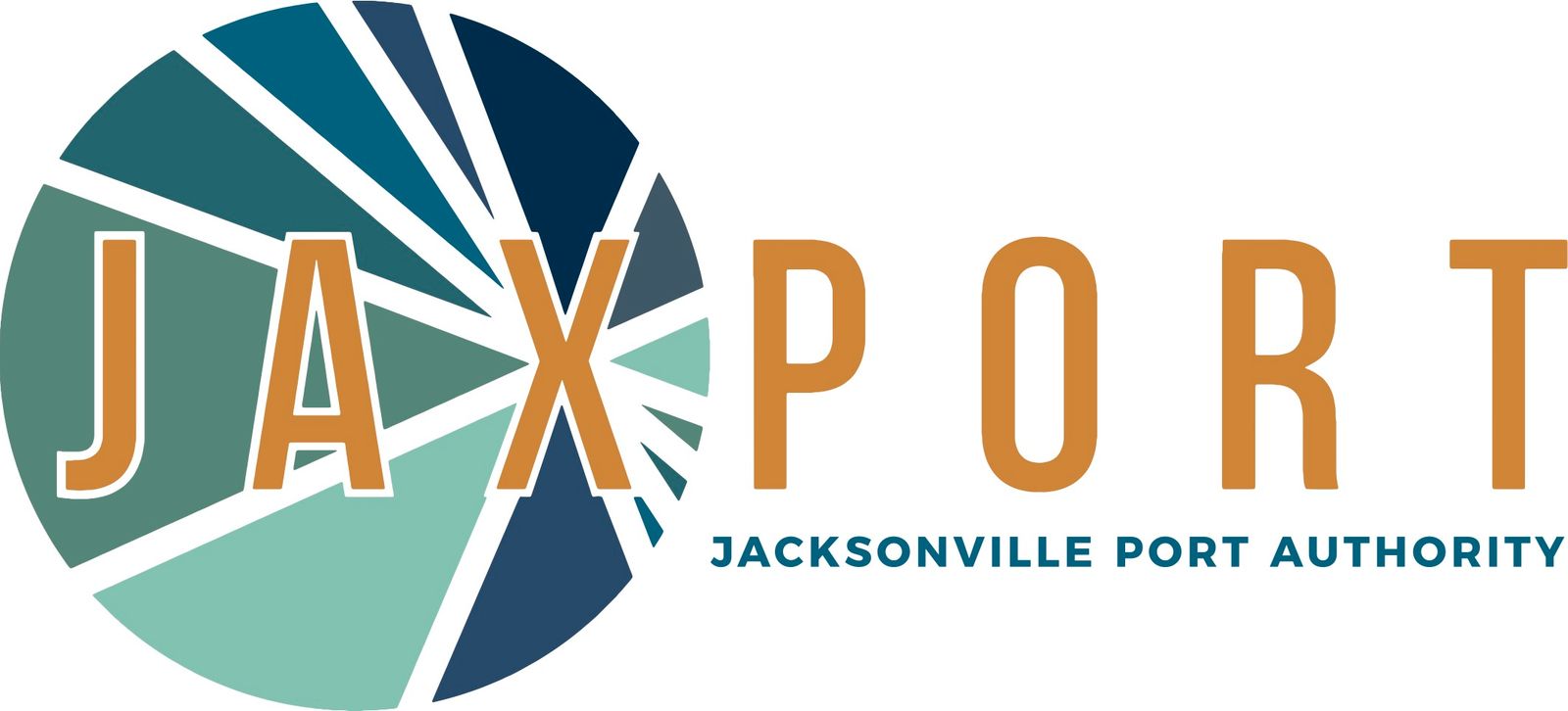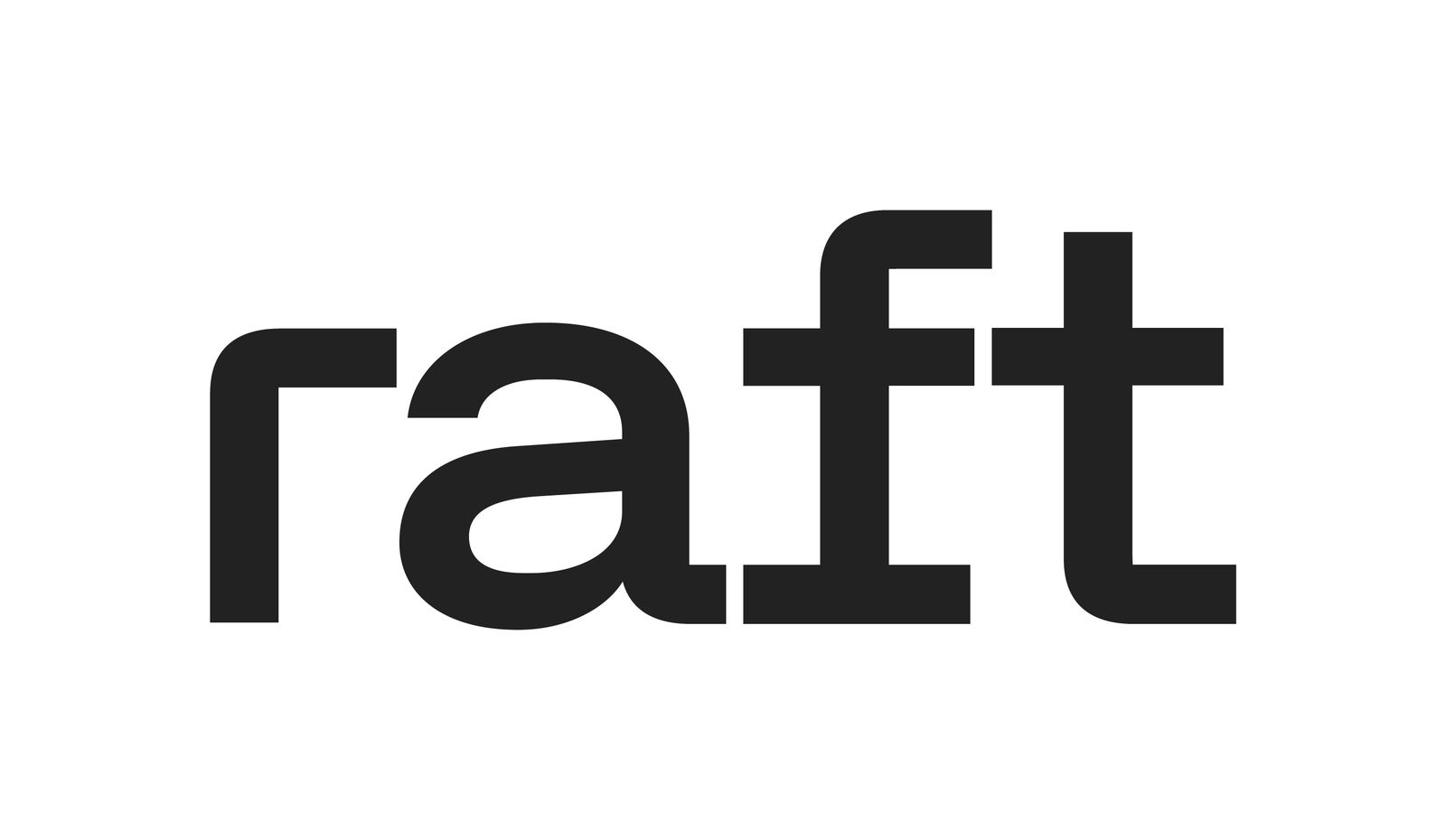Multimedia
The 2025 Trans-Pacific Shipping Outlook

Partner


The eastbound trans-Pacific rebounded in a big way last year, and although growth is expected to moderate in 2025, frontloading of spring merchandise ahead of tariffs threatened by President Donald Trump and an early Lunar New Year should keep cargo volumes and spot rates elevated into the first quarter. These threats, along with a possible second strike by the ILA in mid-January, were projected to keep import volumes elevated at least through January. According to a December forecast from the National Retail Federation, US imports will rise 12% year over year in January, fall 4.1% in February as factories in Asia close for Lunar New Year, and jump 12.7% in March, when factories return to full production. Carriers and their customers anticipate that the hostilities in the Red Sea that have steered shipping away from the Suez Canal to the much longer and costlier route around the southern tip of Africa for more than a year will continue for some time, and they have adjusted their supply chains accordingly. This webcast will analyze the impact these events will have on trans-Pacific shipping in the first quarter and beyond.
Moderator:
Mark Szakonyi, Executive Editor, Journal of Commerce by S&P Global
Speakers:
Jonathan Gold, Vice President-Supply Chain and Customs Policy, National Retail Federation
Jon Monroe, President, Jon Monroe Consulting
*Check back soon for more information! Interested in sponsoring this webcast? For more information, please visit: https://subscribe.joc.com/mediasolutions/
Breakbulk and Project Cargo Market Report: Supply Chain Risk — Rolling With the Punches

Even as cargo momentum picks up, the global shipping environment is in flux. Regulatory changes, labor strikes, geopolitical tension and unexpected calamities have effects — sometimes in very short order — that affect everyone in breakbulk shipping. New US tariffs loom, but supply chains can’t be changed quickly, especially when shippers depend on specialized fabricators. Many breakbulk shippers already have moved sourcing and manufacturing out of China; will they be forced to configure their supply chains all over again? It’s the uncertainty that’s the killer, a project cargo shipper told the Journal of Commerce. “You have to adapt,” logisticians tell us. “You have to think two steps ahead all of the time.”
This webcast will provide an overview of the pressures complicating the breakbulk shipping market and delve into a discussion with cargo shippers and project forwarders deeply experienced in navigating this tumultuous market.
Moderators:
Janet Nodar, Senior Editor, Breakbulk, Project, and Heavy-Lift Shipping, Journal of Commerce by S&P Global
Susan Oatway, Senior Research Analyst-Breakbulk and Project Cargo, Journal of Commerce by S&P Global
Speaker(s):
John Hark, Director, Bertling Logistics and Adjunct Professor, Texas A&M at Galveston
Geanean Ordonez, Project Logistics Manager, Procurement, Technip Energies
Andrew Young, Corporate Logistics Manager, Bechtel
*Check back soon for more information! Interested in sponsoring this webcast? For more information, please visit: https://subscribe.joc.com/mediasolutions/
Making AI Count: Real-World Answers for Global Logistics

Partner

Artificial Intelligence has had a white-hot run at the top of the IT hype machine. The potential is high, and the technology is maturing, but it’s still early. Scarbrough Global’s use of AI in freight forwarding operations for many years has enabled the company to achieve a rare level of AI maturity in the industry. This interactive discussion and audience Q&A, led by Journal of Commerce by S&P Global Editor Alessandra Barrett, will explore where things sit today, how AI is making a difference in global logistics, and what’s on the horizon as AI becomes a standard part of the technology portfolio.
Key Takeaways:
• Tools to separate AI hype from reality; the strategy required for success
• Real-world examples of how AI is deployed and running at scale today
• The emerging value that is drivering freight forwarders and the logistics industry
Moderator:
Alessandra Barrett, Associate Director, Journal of Commerce by S&P Global
Speakers:
Adam Hill, Chief Executive Officer, Scarbrough Global
Nisarg Mehta, Chief Technology Officer, Raft
Future-Proof Your Freight: Key Strategies for Dedicated in 2025

Partner

Your business depends on freight, getting where it needs to be when it needs to be there. Reliable, safe, and consistent delivery of your goods can quickly become a logistical headache when managing a fleet and coordinating drivers. For many companies, a dedicated freight partner can solve complex logistics challenges and create a strategy built for long-term success.
Join us for a partnership webinar with leaders from Werner® to discuss the state of dedicated freight and key points for shippers to consider in preparing for transportation needs in 2025 and beyond. Led by Journal of Commerce Senior Associate Editor Ariane Herrera, the session will explore the industry trends driving increased adoption of dedicated freight solutions and offer a live audience Q&A to examine pressing concerns.
Key takeaways will include:
• Best practices for companies to set up their freight for success.
• Examples of dedicated solution use to streamline operations, enhance reliability, and reduce costs.
• Key considerations to remember when selecting a dedicated provider to ensure maximum efficiency, cost-effectiveness, and sustainability.
Moderator:
Ariane Herrera, Senior Associate Editor, Special Projects, Journal of Commerce by S&P Global
Speakers:
Eric Downing, Executive Vice President & Chief Operating Officer, Werner®
Jim Waszak, Senior Vice President, Dedicated Services, Werner Enterprises
Port Performance North America: The State of Flow as a New Year Approaches

Buffeted by global geopolitical events that have disrupted their supply chains, and a dockworker strike that forced a re-routing of discretionary cargo to the West Coast, North American container ports must develop more effective ways to flex up for unexpected cargo surges. The ongoing Red Sea crisis that is forcing a re-routing of some Asia-US East Coast services to longer voyages around the southern tip of Africa is disrupting sailing schedules and contributing to vessel bunching at the ports. The short but disruptive strike by the International Longshoremen’s Association on the US East and Gulf coasts in October, and a second strike threatened for Jan. 15, continue to push discretionary cargo to the West Coast. The Seattle-Tacoma port complex this summer experienced serious congestion issues and extended rail container dwell times as terminal operators struggled to handle a 30% increase in import volumes. In turn, import volumes are being diverted to Los Angeles-Long Beach, resulting in rail congestion that even the largest US port complex is struggling to handle. These events highlight the need for US ports to develop buffers so they can handle unexpected cargo surges. What are the long-term implications of these developments for North American ports as they plan their future capacity requirements?
This webcast, led by Journal of Commerce senior editor Bill Mongelluzzo, will feature port planning and rail experts who will present their views on how North American ports can develop and implement effective strategies for responding to current and future disruptions.
Moderator:
Bill Mongelluzzo, Senior Editor-West Coast, Journal of Commerce by S&P Global
Speaker(s):
Lawrence Gross, President, Gross Transportation Consulting
Daniel Hackett, Partner, Hackett Associates
Mark Sisson, Senior Port Planner and Analyst, AECOM
*Check back soon for more information! Interested in sponsoring this webcast? For more information, please visit https://subscribe.joc.com/mediasolutions/
Recent News and Analysis
Maritime News
- Operator switch gives renewed hope to Portland’s Terminal 6
- Severe winter storm disrupts North Europe port, inland operations
- Regulatory uncertainty weighs heavy on green fuel investment as 2026 dawns
- Chipolbrok scales up heavy-lift multipurpose fleet with new ship orders
- Soft volumes to keep West Coast ports congestion-free in early 2026
Surface News
- Severe winter storm disrupts North Europe port, inland operations
- US truckload pricing remains unsettled despite red-hot December
- MSC’s Medlog Oceania inks deal for Seaway’s intermodal business
- DAT, AscendTMS push Convoy load automation into small broker world
- North American rail container fleet fully outfitted with GPS devices
Air Cargo News
- E-commerce, AI demand to keep ex-Asia air freight under pressure
- Rising US air freight imports from Taiwan, Vietnam offset drop in China trade
- US freight industry enters 2026 with low growth expectations
- Black Friday demand tightens trans-Pacific air cargo capacity, elevates rates
- DHL Global Forwarding sees Q3 revenue drop on lower ocean rates
Supply Chain News
- Australian regulators force WiseTech to sell software vendor
- MSC’s Medlog Oceania inks deal for Seaway’s intermodal business
- DAT, AscendTMS push Convoy load automation into small broker world
- Regulatory uncertainty weighs heavy on green fuel investment as 2026 dawns
- Latest tariff delay by Trump echoes postponement from November


